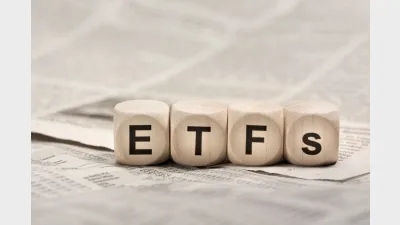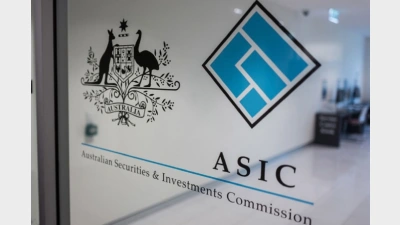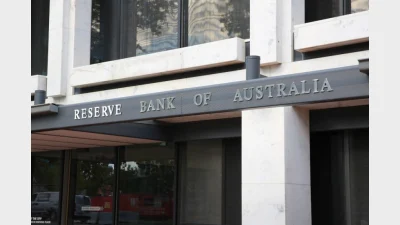LGS reinstates nuclear investment screen



Local Government Super (LGS) has reinstated its investment restriction on nuclear energy and uranium industries.
The screen will apply across LGS’ Australian and international share portfolios and exclude any companies that derive more than 10 per cent of their revenue from these specific activities.
LGS said the screen would have no impact on the LGS Australian share portfolio, but would mean divestment from a handful of companies in the international share portfolio. The fund said it had relatively small holdings in these companies and that the impact on the overall international share portfolio would be negligible.
LGS chief investment officer, Craig Turnbull, said the change was a result of the rapid expansion of the renewable energy sector, which provided a range of investment opportunities in contrast to the little-to-no growth in the nuclear energy space.
“We are seeing great opportunities in renewable energy… these types of investments have a greater potential to provide LGS members with long-term sustainable returns and will have much lower environmental and financial risks than fossil fuels and nuclear energy,” Turnbull said.
In 2014 LGS retained its investment screen on nuclear power plants with a high safety risk, however, LGS removed its investment restriction on other parts of the nuclear industry.
The change acknowledged that nuclear energy could provide low-carbon emitting baseload power essential to transition from fossil fuels to renewable energy. However, in recent years, there had been very few genuine investment opportunities across the nuclear industry.
Recommended for you
Ethical super fund Australian Ethical has announced the appointment of Anthony Lane as chief operating officer.
The structural shift towards active ETFs will reshape the asset management industry, according to McKinsey, and financial advisers will be a key group for managers to focus their distribution.
ASIC has warned that practices across the $200 billion private credit market are inconsistent and, in some cases, require serious improvement.
A surge in electricity prices has driven the monthly Consumer Price Index to its highest level in a year, exceeding forecasts.









